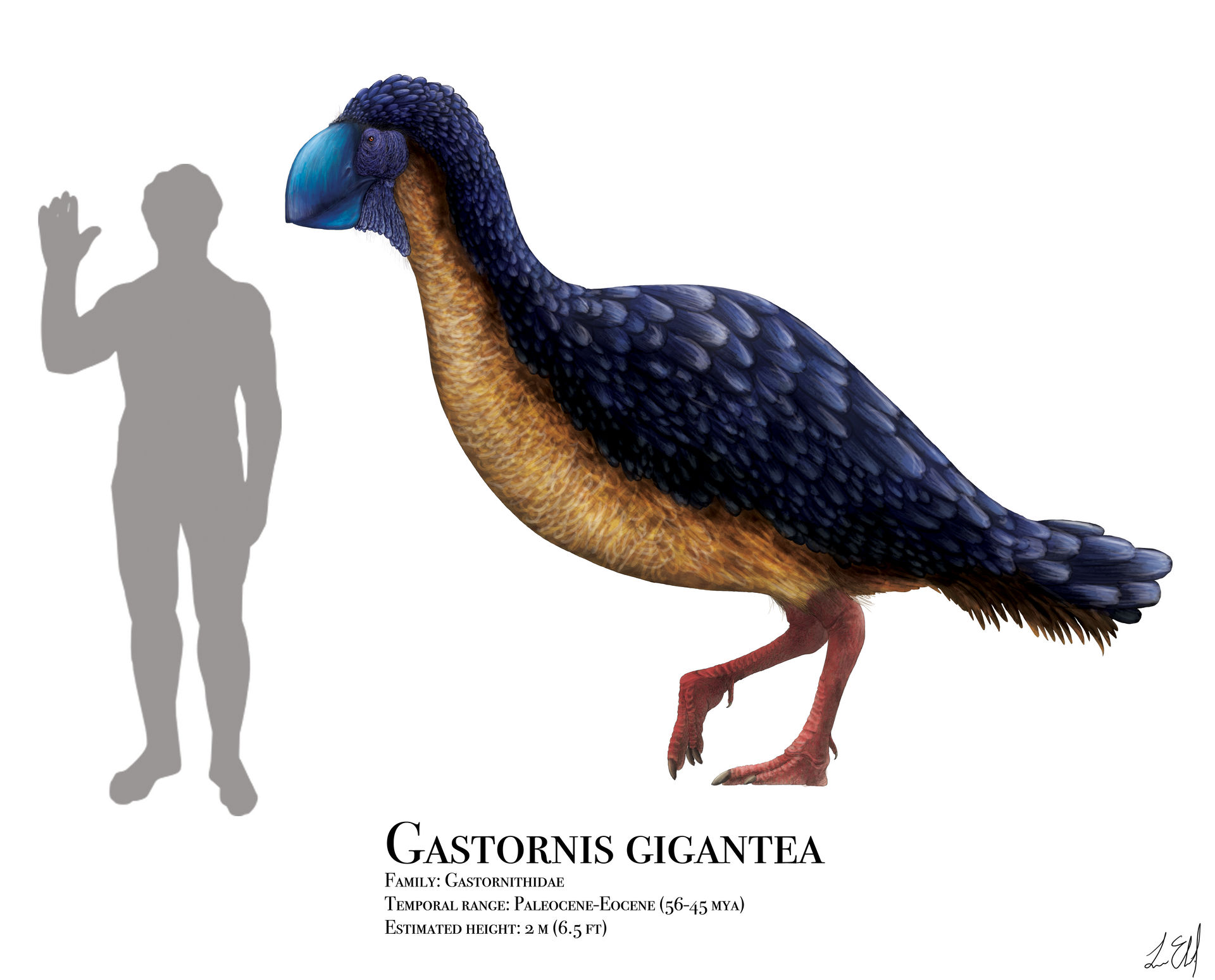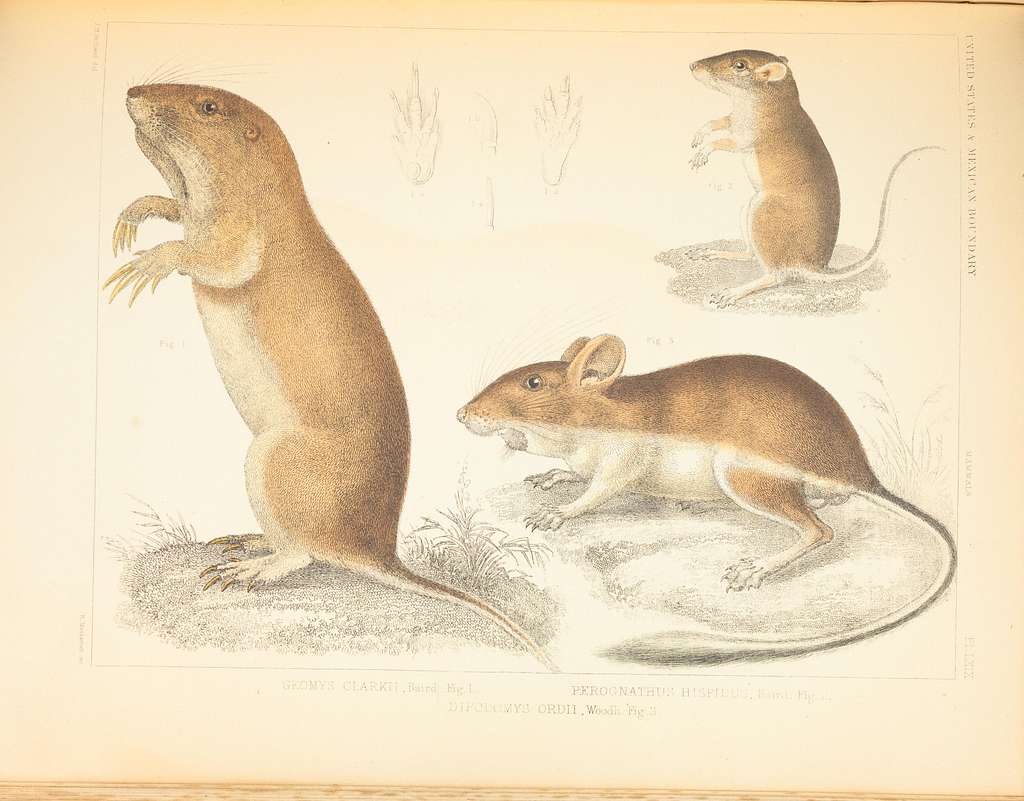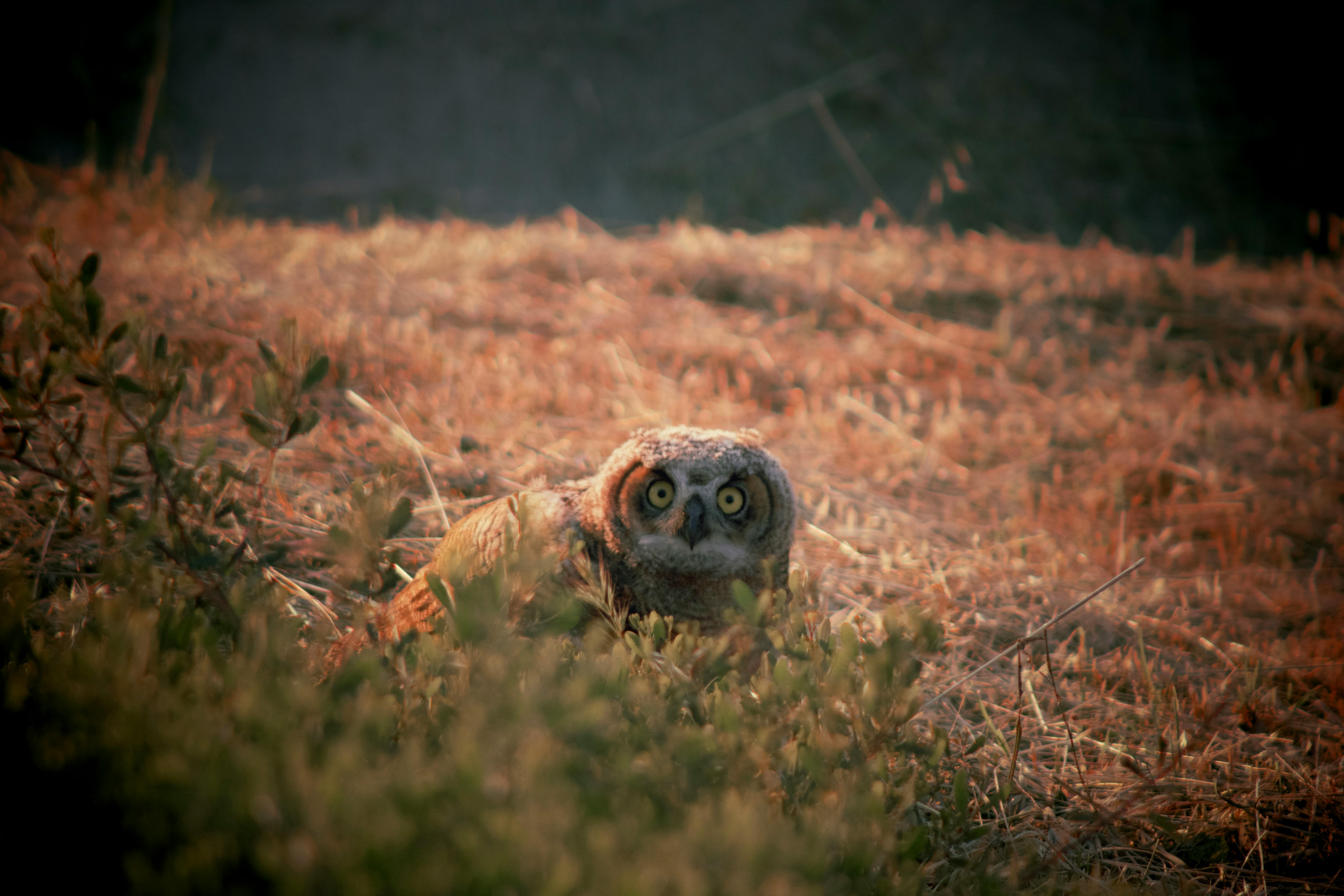Introduction: Birds and Mammals: Unique Adaptations and Distinctions

Birds and mammals are distinct groups of animals belonging to the classes Aves and Mammalia, respectively. While sharing similarities as warm-blooded vertebrates, they possess unique characteristics that set them apart.
Birds are renowned for their ability to fly, thanks to their feathers. These versatile structures serve multiple functions, including insulation, aerodynamics, and attracting mates through vibrant displays. Birds also have beaks, adapted for various feeding strategies, and lay hard-shelled eggs that they incubate.
Mammals, on the other hand, have diverse adaptations and behaviors. They possess mammary glands producing milk, enabling them to nourish their offspring. Mammals have hair or fur covering their bodies, serving purposes like insulation, protection, and sensory perception. Unlike birds, mammals give birth to live young after internal development.
Feathers and hair/fur are notable distinctions. Feathers provide birds with flight, while hair/fur serves various functions in mammals. Birds have beaks, while mammals have jaws with specialized teeth. Reproductive methods also differ, with birds laying eggs and mammals giving birth to live young.
In terms of locomotion, birds fly using wings, while mammals primarily rely on terrestrial movement, adapting to different environments.
Understanding these distinctions provides insights into the unique adaptations and evolutionary history of birds and mammals. In the following sections, we will delve into their anatomical structures, flight capabilities, reproductive strategies, diets, environmental preferences, and interactions, unraveling the fascinating world of these diverse animal groups.
Anatomy of a Bird: Unique Structures Enabling Flight and Survival

Birds possess remarkable anatomical adaptations contributing to their ability to fly, survive, and thrive in diverse environments.
Feathers: Versatile and Essential
Feathers are defining features of birds, serving multiple purposes. They facilitate flight, providing lift and aerodynamics. Contour feathers streamline the bird’s body and wings for efficient movement, while down feathers insulate, maintaining body heat.
Wings: Adapted for Flight
Birds’ wings vary in shape and structure among species. Composed of humerus, radius, and ulna bones, they offer flexibility and strength. Wing shape, combined with feather arrangement, generates lift and maneuverability. Broad wings excel in soaring, while rounded wings exhibit agility and hovering abilities.
Beak: A Specialized Tool
The beak, or bill, is a highly specialized structure in birds. Its shape and size correspond to the bird’s diet and feeding habits. Beaks capture and manipulate food, groom, and even display during courtship. From hummingbirds’ slender beaks for sipping nectar to birds of prey’s hooked beaks for tearing meat, each species has a unique adaptation.
Hollow Bones: Lightweight and Efficient
Birds possess lightweight, hollow bones crucial for flight. These bones provide strength while minimizing weight. Air sacs connected to the respiratory system enhance gas exchange efficiency. Hollow bones also increase buoyancy, aiding flight.
In summary, the unique structures of birds, including feathers, wings, beaks, and hollow bones, contribute to their remarkable adaptations for flight and survival. These features showcase the incredible diversity and versatility of avian species, enabling them to navigate environments and fulfill ecological roles.
Anatomy of a Mammal: Comparing Birds and Mammals

In this section, we explore the anatomy of mammals and compare it to that of birds, gaining insights into their evolutionary adaptations and lifestyles.
Warm-bloodedness
Both birds and mammals are warm-blooded, regulating their body temperature internally. This ability allows them to thrive in diverse habitats by generating heat through metabolic processes.
Skeleton
![]()
Mammals have an internal skeleton made of bones, providing support, protection, and a framework. Birds share a similar skeletal structure but have hollow bones, reducing weight and facilitating flight.
Reproductive System
Mammals give birth to live young and possess mammary glands that produce milk. Birds lay eggs, with the yolk sac providing essential nutrients to the developing embryo.
Respiratory System
Mammals have lungs for breathing, while birds have a unique respiratory system enabling efficient gas exchange during flight. Air flows one-way through their lungs, supporting high-energy activities like flying.
Skin and Hair
Mammals have skin covered with hair or fur, providing insulation and sensory perception. Birds have feathers, specialized structures for insulation, flight, and courtship displays.
Teeth and Beaks
Mammals have diverse teeth for tearing, grinding, and chewing food. Birds lack teeth and possess a beak for capturing and manipulating food, reflecting their specific dietary needs.
Brain
Birds have relatively small brains compared to mammals but exhibit exceptional cognitive abilities. Mammals display a wide range of brain sizes and complexities, with humans possessing advanced cognitive capabilities.
Understanding the anatomical differences between birds and mammals reveals the diversity of life on Earth. These adaptations have allowed them to inhabit diverse environments. In the next section, we delve into the topic of flight and explore how birds take to the skies.
Flight: How Birds Soar
Birds possess remarkable adaptations for graceful and agile flight, including lightweight bodies, streamlined shapes, powerful wings, and unique respiratory and cardiovascular systems.
The shape of a bird’s wing generates lift as air flows over it, aided by the curved upper surface and flatter lower surface.
Feathers provide both lift and maneuverability, aiding stability and control during flight.
Robust chest muscles, especially the pectoralis muscles, generate power for the downstroke of the wings, enabling impressive speeds and maneuverability.
Hollow bones contribute to the lightweight structure of birds, facilitating takeoff and sustained flight.
Birds have a unique respiratory system with air sacs connected to their lungs for efficient gas exchange, meeting the high oxygen demands of flight.
Their highly efficient cardiovascular system supports enhanced blood circulation and oxygen delivery to muscles and organs during flight.
Through their extraordinary adaptations, birds master flight, exploring territories, migrating across continents, and conquering the skies with awe-inspiring grace and agility.
References


:
(Note: Please insert your references here according to your preferred citation style)
Reproduction: Exploring the Differences in Reproduction Between Birds and Mammals

Reproduction is a fundamental aspect of the life cycle for both birds and mammals, but they have distinct methods of bringing new life into the world. Understanding these differences sheds light on their unique adaptations.
Birds
Birds use oviparity, laying eggs fertilized by the male’s sperm. The female bird develops the egg within her body and then lays it outside. Incubation, either by the female alone or both parents, provides optimal conditions for the embryo. After hatching, the parents care for and guide their offspring until they become independent.
Mammals
In contrast, mammals exhibit viviparity, giving live birth. The female carries the developing embryo inside her uterus, nourishing it through a placenta. Gestation periods vary among species. After birth, the mother typically nurses the offspring with milk from her mammary glands, providing essential nutrients and antibodies.
Key Differences
- Mode of Reproduction: Birds lay eggs, while mammals give live birth.
- Embryo Development: Birds rely on external incubation, while mammals nurture their offspring internally.
- Gestation Period: Mammals generally have longer gestation periods.
- Mammary Glands and Milk Production: Mammals possess mammary glands for milk production, while birds do not.
Exceptions and Variations
Exceptions exist among certain species. Some mammals, like the platypus and echidna, lay eggs but exhibit mammalian characteristics in other aspects of their reproductive biology. Similarly, certain bird species, like pigeons and flamingos, produce “crop milk” for their chicks.
Understanding these differences provides valuable insights into how birds and mammals have adapted to their environments and evolved to ensure species survival.
Anatomy of a Mammal: Comparing Structures with Birds

Mammals and birds display remarkable anatomical diversity. While birds have adaptations for flight, mammals have distinctive features contributing to their survival.
One significant difference lies in skeletal structure. Birds have lightweight, hollow bones for flight, while mammals have a more solid and dense skeletal system. Mammals possess a complex skull structure accommodating well-developed brains and sensory organs. Additionally, mammals have a spinal column providing support and protection for the spinal cord.
Another distinction is mammalian fur or hair, providing insulation and protection. Unlike feathers in birds, mammalian hair is made of keratin and varies in texture and color. Hair serves functions like camouflage, signaling, and sensory perception.
Mammals possess diverse dentition suited to their dietary needs. Herbivores have specialized teeth for grinding plant material, carnivores have sharp teeth for seizing and tearing flesh, and omnivores have a combination of teeth for both plant and animal matter.
Regarding respiratory systems, mammals have efficient lungs for extracting oxygen, while birds have unique respiratory structures, including air sacs connected to their lungs, allowing continuous airflow during inhalation and exhalation.
Both mammals and birds have a four-chambered heart pumping oxygenated blood to the body. However, birds, with their higher metabolic rate, require a more efficient circulatory system for flight.
These examples highlight anatomical distinctions between birds and mammals. Birds have evolved structures for flight, while mammals possess adaptations for diverse lifestyles and habitats. Understanding these differences enhances appreciation for the remarkable diversity of life on Earth.
Environment: Exploring the Diverse Habitats of Birds and Mammals

Understanding the environments where birds and mammals thrive is essential for comprehending their biology and behavior. These two groups have evolved to occupy a wide range of habitats, each presenting unique challenges and opportunities.
Avian Environments
Birds can be found in various habitats, each suited to their specific adaptations. Forests provide abundant foliage for nesting and diverse food sources. Grasslands attract ground-nesting birds and those adapted for swift movement. Wetlands are home to waterfowl, wading birds, and shorebirds. Deserts host specialized bird species adapted to extreme temperatures and limited water supplies. Coastal regions provide marine food sources, attracting seabirds adapted to a life between land and sea.
Birds possess unique adaptations for survival in these environments. Specialized beaks allow for various feeding methods, while different types of feathers provide insulation and contribute to flight capabilities. Efficient respiratory systems aid in oxygen intake during flight.
Mammalian Environments
Mammals also inhabit diverse environments, each favoring specific adaptations. Forests are home to arboreal mammals with specialized limbs and prehensile tails for navigating treetops. Savannas support grazing mammals with long legs and teeth adapted for grasses. Deserts house mammals with water-conserving adaptations. The tundra is characterized by cold conditions, and mammals in this environment have thick fur or hair for insulation. Aquatic habitats are inhabited by marine mammals and those adapted for swimming and diving.
Mammals exhibit a wide range of adaptations suited to their environments. Fur or hair provides insulation, while teeth types are adapted for different diets. Specialized limbs enable climbing, running, digging, or swimming, depending on their ecological niche.
Overlapping Environments
Certain environments are shared by both birds and mammals, leading to interactions and competition. Forests serve as nesting grounds for birds and provide shelter for mammals in tree hollows or burrows. In these overlapping environments, birds and mammals may compete for limited resources or form mutually beneficial relationships.
Ecosystem Roles
Both birds and mammals play vital roles in their ecosystems. Birds contribute to seed dispersal, pollination, and insect control, while mammals may serve as predators, herbivores, or seed dispersers themselves. The presence or absence of certain bird or mammal species can have significant impacts on ecosystem health and balance.
Understanding the diverse environments occupied by birds and mammals provides valuable insights into their unique adaptations and ecological roles. By appreciating the intricacies of their habitats, we can better comprehend the complex interactions that shape these remarkable groups of animals.
Interaction: Exploring the Dynamics of Birds and Mammals

Birds and mammals interact with each other in various ways within ecosystems. These interactions range from predation to mutualism and competition, offering insights into the complex dynamics of these coexisting organisms.
Coexistence in Ecosystems
Birds and mammals often coexist, sharing resources and habitats. They may interact directly or indirectly through ecological relationships. For instance, both birds and mammals rely on the same food sources, leading to potential competition. Additionally, they may occupy overlapping territories, influencing each other’s behavior and distribution.
Predation
Predation is a significant interaction between birds and mammals. Birds of prey target small mammals as their prey, while certain mammalian predators hunt birds, their eggs, or nestlings. These interactions play a crucial role in regulating population dynamics and shaping species distribution.
Mutualism and Commensalism
Birds and mammals engage in mutualistic or commensal relationships, benefiting from each other’s presence without causing harm or benefiting the other party. Mutualism occurs when both birds and mammals derive advantages from their interactions. For example, certain bird species feed on insects and parasites found on large mammals, providing a cleaning service that benefits both parties. Birds also contribute to seed dispersal by consuming fruits and excreting undigested seeds, aiding in plant reproduction.
Commensalism involves one species benefiting while the other remains unaffected. Birds may nest in trees or shrubs used by mammals, utilizing the shelter without significantly impacting the mammal’s survival. This type of interaction showcases the ability of birds and mammals to coexist in shared environments while minimizing direct competition or harm.
Competition
Birds and mammals can compete for resources such as food, nesting sites, or mates. This competition can drive adaptations and behavioral changes, allowing them to coexist by utilizing distinct resources or occupying different ecological niches.
Understanding the intricate interactions between birds and mammals provides valuable insights into ecosystem functioning. These interactions shape population dynamics, species distributions, and the overall balance within natural communities. By studying the various mechanisms through which birds and mammals interact, scientists can gain a deeper understanding of the ecological relationships that govern our natural world.
References
[List your references here]
Conclusion: The Distinct World of Birds and Mammals
This blog post has taken us on a captivating journey through the unique characteristics of birds and mammals, shedding light on what sets them apart. We’ve explored their anatomy, marveling at the remarkable adaptations that enable birds to fly and mammals to thrive in diverse environments.
Throughout our discussion, it’s become clear that birds and mammals differ fundamentally. Birds, with their feathers, beaks, and egg-laying ability, possess adaptations that allow them to soar through the skies and navigate various habitats. In contrast, mammals, with their fur or hair, live birth, and milk production, have evolved to inhabit terrestrial, aquatic, and aerial domains.
While birds and mammals share a common ancestry, their evolutionary paths have diverged over millions of years, shaping their distinct traits and behaviors.
Addressing misconceptions, it’s important to reaffirm that birds are not mammals. Despite superficial similarities, their fundamental biological differences firmly place them in separate taxonomic groups. Scientific evidence and classification systems unequivocally establish birds as avian creatures and mammals as a distinct group within the animal kingdom.
In closing, our exploration of birds and mammals invites us to marvel at the wonders of nature’s diversity. It reminds us of the incredible array of life forms that have evolved and adapted to thrive in different environments. By appreciating and understanding the unique qualities of birds and mammals, we gain a deeper appreciation for the intricate web of life that surrounds us. Let’s continue to cherish and protect these remarkable creatures and their habitats.
References
Including references in your blog article is crucial for establishing credibility, supporting claims, and enhancing content reliability. Here are guidelines to help you format and cite your references accurately:
Importance of References
References play a vital role in validating information, providing evidence to support arguments, and allowing readers to delve deeper into the topic. They lend credibility to your work, demonstrating it is based on reliable research and expert opinions.
Types of References
In conducting research, various sources such as academic journals, books, reputable websites, scientific studies, and expert opinions contribute to a well-rounded exploration of the topic.
Formatting References
The formatting of references depends on the citation style used, such as APA, MLA, or Chicago. Consistency and accuracy are essential when citing sources. Examples of properly formatted references include:
- Book: Last name, First initial. (Year). Title of Book. Publisher.
- Journal article: Last name, First initial. (Year). Title of article. Journal Name, Volume(Issue), Page numbers.
- Website: Author(s) or Organization. (Year). Title of webpage/document. Website Name. URL.
Follow the specific formatting guidelines of your chosen citation style to create consistent and accurate references throughout the article.
In-Text Citations
In-text citations allow readers to locate specific information and acknowledge the original sources. For example: According to Smith (2019), birds possess unique skeletal adaptations that enable them to fly.
Creating a Reference List
To create a comprehensive reference list:
- Arrange references alphabetically by the author’s last name or title if no author is listed.
- Include necessary information for each reference, such as author(s), publication date, title, source, and relevant details.
- Maintain formatting and citation style consistency throughout the reference list.
Example of a reference list entry: Smith, J. (2019). Avian Flight Mechanisms: An In-depth Analysis. Journal of Ornithology, 24(3), 45-62.
Cross-Referencing
Link citations within the article to their corresponding entries in the reference list, allowing readers to easily locate the full details of the sources cited. Use a numbering system or include the author’s last name and publication year.
By following these guidelines, you can effectively utilize references in your blog article, enhancing credibility and providing valuable resources for further exploration.
Frequently Asked Questions
1. What is the difference between a bird and a mammal?
Birds and mammals are two distinct groups of animals. The main differences between them include their reproductive methods (birds lay eggs, while mammals give live birth), anatomical structures (birds have feathers and beaks, while mammals have hair or fur and jaws with specialized teeth), and modes of locomotion (birds fly using wings, while mammals primarily rely on terrestrial movement). Birds are classified as avian creatures, while mammals belong to the class Mammalia.
2. Can a bird be a mammal?
No, birds cannot be mammals. Birds and mammals are separate taxonomic groups with distinct characteristics and evolutionary histories. Birds belong to the class Aves, while mammals belong to the class Mammalia. Despite some superficial similarities, such as being warm-blooded vertebrates, birds and mammals have fundamental biological differences that firmly place them in their respective groups.
3. Are there any mammals that can fly like birds?
While birds are the primary flying vertebrates, there are mammals that have the ability to glide through the air. The most well-known example is the bat. Bats have specialized adaptations, such as membranous wings formed by elongated fingers, that allow them to fly. However, it’s important to note that the flight mechanisms of bats and birds are different. Birds have true powered flight, while bats rely on powered gliding and flapping flight.
4. Do birds have mammary glands and produce milk?
No, birds do not have mammary glands and do not produce milk. Mammals are unique in their ability to nourish their young with milk produced by mammary glands. Birds, on the other hand, do not possess mammary glands and have a different reproductive strategy. Female birds lay hard-shelled eggs that are incubated until they hatch. Once hatched, the parents feed their offspring regurgitated food or prey items.

Leave a Reply